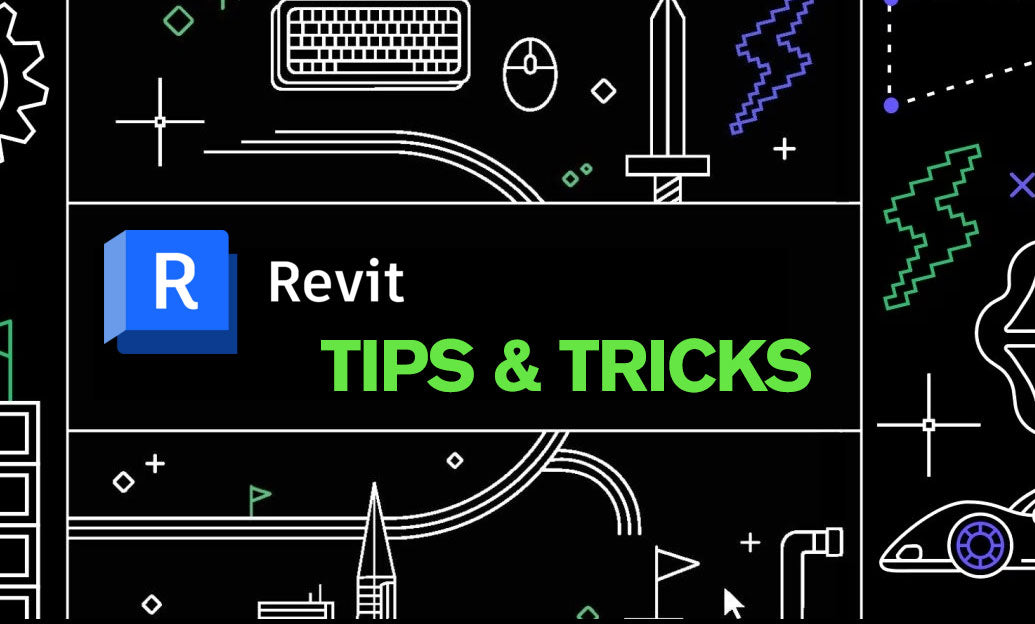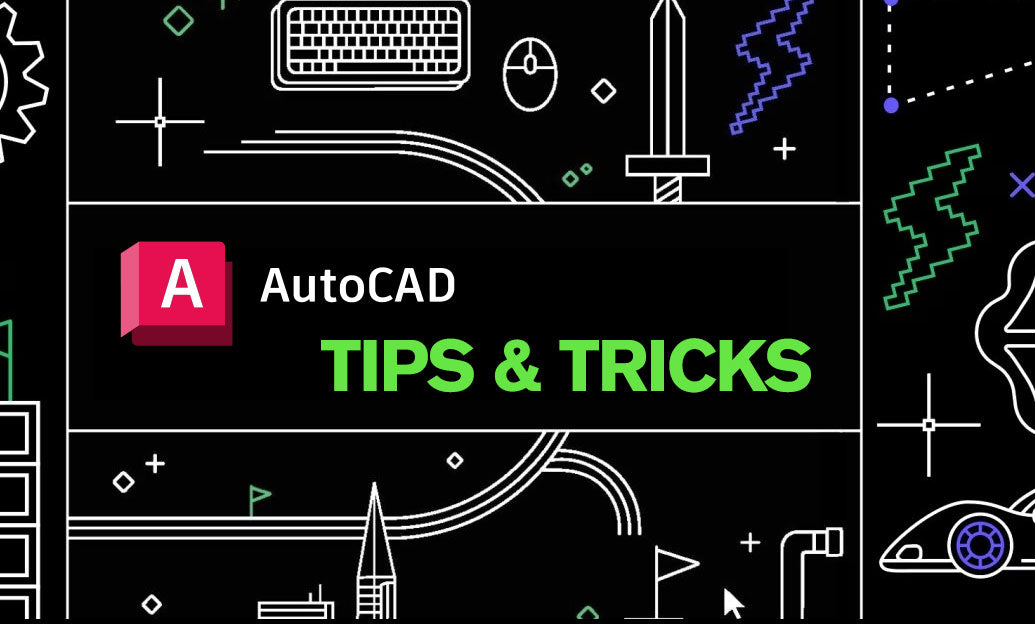Your Cart is Empty
Customer Testimonials
-
"Great customer service. The folks at Novedge were super helpful in navigating a somewhat complicated order including software upgrades and serial numbers in various stages of inactivity. They were friendly and helpful throughout the process.."
Ruben Ruckmark
"Quick & very helpful. We have been using Novedge for years and are very happy with their quick service when we need to make a purchase and excellent support resolving any issues."
Will Woodson
"Scott is the best. He reminds me about subscriptions dates, guides me in the correct direction for updates. He always responds promptly to me. He is literally the reason I continue to work with Novedge and will do so in the future."
Edward Mchugh
"Calvin Lok is “the man”. After my purchase of Sketchup 2021, he called me and provided step-by-step instructions to ease me through difficulties I was having with the setup of my new software."
Mike Borzage
Revolutionizing Design Software with Voice Commands and NLP Integration
February 11, 2025 5 min read


Introduction to Voice Commands and Natural Language Processing in Design Interfaces
In the rapidly evolving landscape of design software, the way designers interact with their tools is undergoing a significant transformation. Traditionally, designers have relied heavily on the mouse and keyboard to navigate complex interfaces and execute intricate commands. While effective, these methods can sometimes be cumbersome and unintuitive, especially when dealing with the multifaceted demands of modern design projects. As technology advances, there is a palpable shift towards more intuitive user experiences that prioritize ease of use and accessibility. This shift is not just a superficial change but a fundamental rethinking of how designers engage with their creative tools.
Enter the realm of voice commands and Natural Language Processing (NLP). Voice commands allow users to interact with software applications using spoken words, providing a more natural and efficient means of communication. NLP, on the other hand, is a branch of artificial intelligence that enables computers to understand, interpret, and generate human language. Together, these technologies are revolutionizing design interfaces by providing more intuitive and accessible ways for designers to express their ideas and execute tasks.
The significance of integrating voice commands and NLP into modern design workflows cannot be overstated. These technologies enhance accessibility by allowing designers with disabilities to interact with software more effectively. They also streamline complex design processes by reducing the reliance on traditional input methods, thus making the workflow more efficient. By embracing voice and NLP technologies, the design industry is moving towards a future where the tools adapt to the user, rather than the user having to adapt to the tools.
Benefits of Integrating Voice Commands in Design Software
The integration of voice commands in design software brings a multitude of benefits that significantly enhance the overall user experience. One of the most impactful advantages is enhanced accessibility. Designers with physical disabilities or limitations that make traditional input methods challenging can utilize voice commands to interact with design tools effectively. This inclusion ensures that a wider range of individuals can participate in design processes, fostering diversity and innovation within the industry. Moreover, providing alternative input methods caters to diverse user needs, allowing designers to choose the most comfortable and efficient way to interact with their software.
Another key benefit is the potential for increased efficiency and productivity. Voice commands can expedite the execution of repetitive tasks through the use of voice shortcuts. Instead of navigating through multiple menus and toolbars, a designer can simply speak a command to perform an action instantly. This reduction in time spent on navigation allows designers to focus more on the creative aspects of their work, thereby enhancing productivity. Additionally, voice commands can facilitate hands-free operation, which is particularly useful in scenarios where multitasking is essential. Designers can manage their workflow seamlessly without interrupting their creative process to manipulate input devices.
Integrating voice commands also contributes to improved ergonomics. Prolonged use of traditional input devices like the mouse and keyboard can lead to physical strain, such as repetitive strain injuries. By incorporating voice interaction, designers can minimize this physical stress, promoting healthier work habits. This ergonomic benefit not only improves the well-being of designers but can also lead to increased productivity due to reduced discomfort and fatigue.
Technological Foundations and Implementation Strategies
The successful integration of voice commands into design software relies on robust technological foundations and well-thought-out implementation strategies. At the core are voice recognition engines capable of accurately transcribing spoken words into text. These engines have advanced significantly, with capabilities to handle various accents and speech patterns. Complementing voice recognition is the use of advanced NLP algorithms that interpret the transcribed text into meaningful commands within the design software. These algorithms must understand context and be able to process design-specific terminology to be truly effective.
For seamless integration with existing design software, developers utilize APIs and SDKs that allow for embedding voice functionalities directly into the software's framework. Compatibility considerations are crucial, especially with popular design platforms like Adobe Creative Suite and AutoCAD. Ensuring that voice command features do not conflict with existing functionalities requires meticulous planning and testing. Challenges such as accuracy and reliability in diverse environments must be addressed. This involves accounting for background noise, varying speech patterns, and ensuring that the system can process commands in real-time without significant latency.
Implementing best practices is essential for the successful adoption of voice commands in design interfaces. Designing intuitive voice command structures that are natural and easy to remember will enhance user experience. Providing comprehensive user training and support can facilitate seamless adoption, helping users become comfortable with the new interaction methods. Establishing continuous feedback loops enables ongoing improvements to the system, ensuring that it evolves in line with user needs and technological advancements.
Future Trends and Innovations in Voice-Enabled Design Interfaces
The future of voice-enabled design interfaces is poised to be shaped by rapid advancements in NLP and artificial intelligence. Enhanced understanding of complex and nuanced design commands will be possible as AI algorithms become more sophisticated. This will enable the development of predictive and adaptive voice assistants that can tailor their responses and suggestions to individual designers' styles and preferences. Such personalization will make design tools more intuitive and supportive of the creative process.
Another emerging trend is multimodal interaction, where voice commands are combined with gesture controls and touch interfaces. This fusion creates more immersive and flexible design environments, allowing designers to interact with their tools in the most natural and efficient ways possible. For instance, a designer might use voice commands to initiate an action while using touch gestures to fine-tune details. This integrated approach leverages the strengths of each interaction method, resulting in a more powerful and user-friendly interface.
The integration of AI-driven features is set to revolutionize design workflows further. Automated design suggestions and real-time modifications based on voice inputs will become commonplace, enhancing the creative process. Designers can receive intelligent recommendations that align with their project goals, speeding up decision-making and iteration. Additionally, voice-activated tools can facilitate intelligent project management, helping designers organize tasks, set reminders, and collaborate more effectively.
The impact of these innovations on the design profession will be significant. There will likely be a shift in the roles and skills required for modern designers, with a greater emphasis on technological fluency and adaptability. However, these changes also hold the potential for increased creativity and innovation, as streamlined workflows free up more time and mental energy for the creative aspects of design. Embracing these tools will enable designers to push the boundaries of what is possible, leading to new heights in design excellence.
Conclusion
The integration of voice commands and Natural Language Processing into design interfaces marks a transformative step in the evolution of design software. The key benefits are manifold, including improved accessibility for users with diverse needs, increased efficiency and productivity through faster task execution, and enhanced ergonomics that promote healthier work habits. These advantages collectively contribute to more streamlined and effective design workflows.
The transformative potential of voice and NLP technologies lies in their ability to create more intuitive and intelligent interfaces. By allowing designers to interact with their tools in natural and accessible ways, these technologies are reshaping the future of design software. The emphasis is shifting towards user-centric design tools that adapt to the user's needs, paving the way for more innovative and creative outcomes.
As we reflect on the evolution of design interaction, it becomes clear that voice commands and NLP are not just optional enhancements but essential components of next-generation design tools. Embracing these technologies is crucial for staying at the forefront of the industry. It encourages continued innovation and adaptation, ensuring that design professionals are well-equipped to meet the evolving demands of their craft. The future of design is one where technology seamlessly integrates with creativity, and voice-enabled interfaces are a significant step towards that future.
Also in Design News

ZBrush Tip: Enhance Realism with Advanced Sand Texturing Techniques in ZBrush
March 17, 2025 2 min read
Read More
Revit Tip: Optimizing Revit Projects with Loadable Families for Customization and Efficiency
March 17, 2025 2 min read
Read More
AutoCAD Tip: Maximize AutoCAD Block Efficiency: Essential Block Test Function Strategies
March 17, 2025 2 min read
Read MoreSubscribe
Sign up to get the latest on sales, new releases and more …


